BIRLA CARBON BLOG
INSIDER KNOWLEDGE FOR ALL THINGS CARBON BLACK
Color Space Definition for High Jetness Automotive Coatings
03 / 15 / 2021 by Dr. Richard Abbott
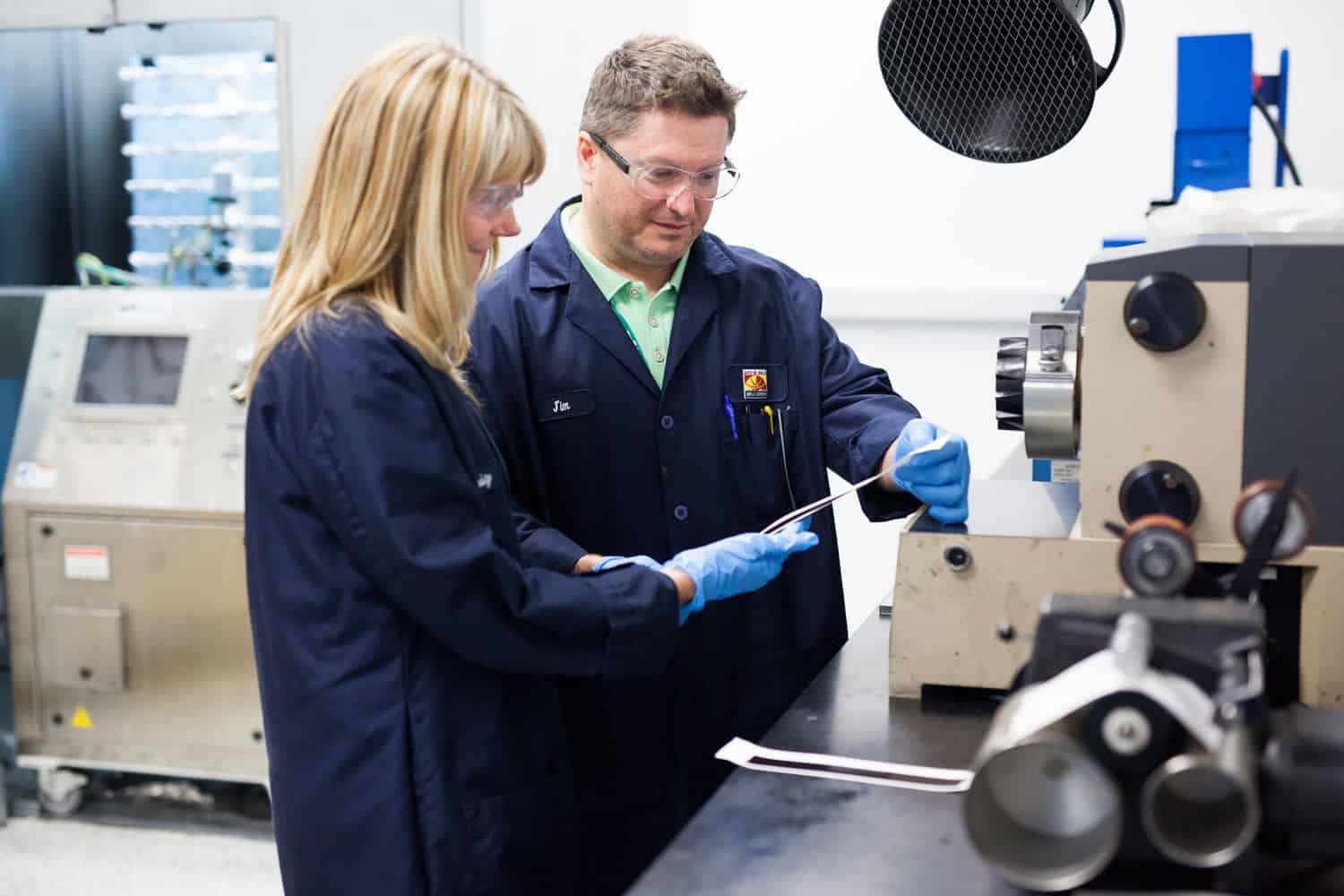
Reading Time: 2.5 minutes
Defining the targeted color space is an important first step in having meaningful discussions on changes to coatings formulations that will achieve the desired end result. If a customer says they want to be bluer in undertone, then the immediate question becomes bluer compared to what? Having a sensible scale for both jetness and undertone in automotive coatings facilitates discussions with customers and suppliers.
In an earlier blog post, Instrumental Measurement of Deep Blacks, we discussed how the actual output of a color instrument when measuring blacks was the reflectance curve. Black coatings are of course black because they reflect very minimal amounts of light. A useful rule of thumb is that if the average reflectance is below 1% the object or coating is considered to have a black appearance.
The 1% reflectance level where an object would be considered black is obviously a long way from the blacks seen in automotive coatings. Instead of a reflectance of 1%, you are looking at a reflectance in the range of 0.1%. The Hunter equivalent here would be L = 3 and the CIELab would be L* = 0.9. This compresses the available range for using reflectance, and the traditional Hunter L equivalent would be L = 10 and for the CIE color the value would be L* = 9. With these scales it can be quite hard to differentiate by instrumental means, although the differences can clearly be seen by the eye in good lighting.
The best way of examining these very black coatings is described in DIN55979. The hue independent jetness (My) is a logarithmic function based on the Y portion of the tristimulus value. At 1% reflectance, the My is 200, at 0.1% reflectance it become 300 and at 0.01% reflectance the My is 400. Not only does this provide an expanded scale in the region of interest, it has the added advantage that a larger number is “more jet”. This tends to fit with people’s preconceived notions of numerical scales.
The second jetness value (Mc) is hue dependent, so a bluer black will give a higher value of Mc than My. The difference between these two scales is the hue value (dM), which provides very useful information on the undertone of the coating. Birla Carbon adopted these color scales for black coatings several years ago and finds them much more useful than the Hunter Lab or CIEL*a*b* scales.
How do these scales compare to actual automotive coatings in real world use? The following ranges apply to automotive topcoats. Under the hood, or underbody applications tend to have lower color requirements. There are of course variations from region to region, so these generalities may not apply to every market.
Mass market black cars are going to have a coating in the My color range of ~280-320.
Premium black cars may reach as high as My 350.
There are specialized coatings that go even higher than those premium coatings.
The figure illustrates these ranges, along with the relevant Birla Carbon products that we recommend for reaching a given color space.
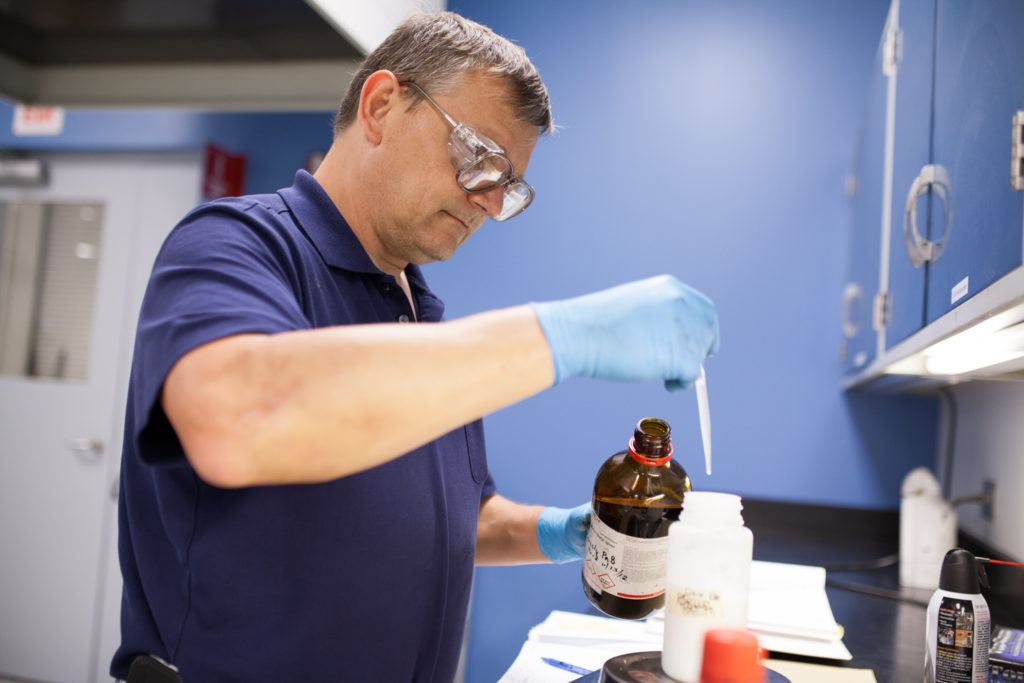
Dr. Richard Abbott
Dr. Richard Abbott has been with Birla Carbon for 20 years. He began his career at the European Central Lab (ECL) as an inks and coatings scientist before moving to the Marietta technical lab where he has spent the majority of his time furthering the liquid segments. He greatly enjoys the variety of work he is able to do and relishes the opportunity to tackle the next unique application or formulation.
WANT TO LEARN MORE ABOUT CARBON BLACK AND THE PROPERTIES THAT MAKE IT IDEAL FOR YOUR PLASTICS, COATINGS, AND INKS APPLICATIONS?




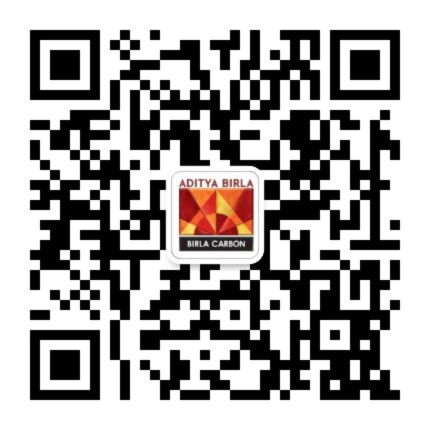

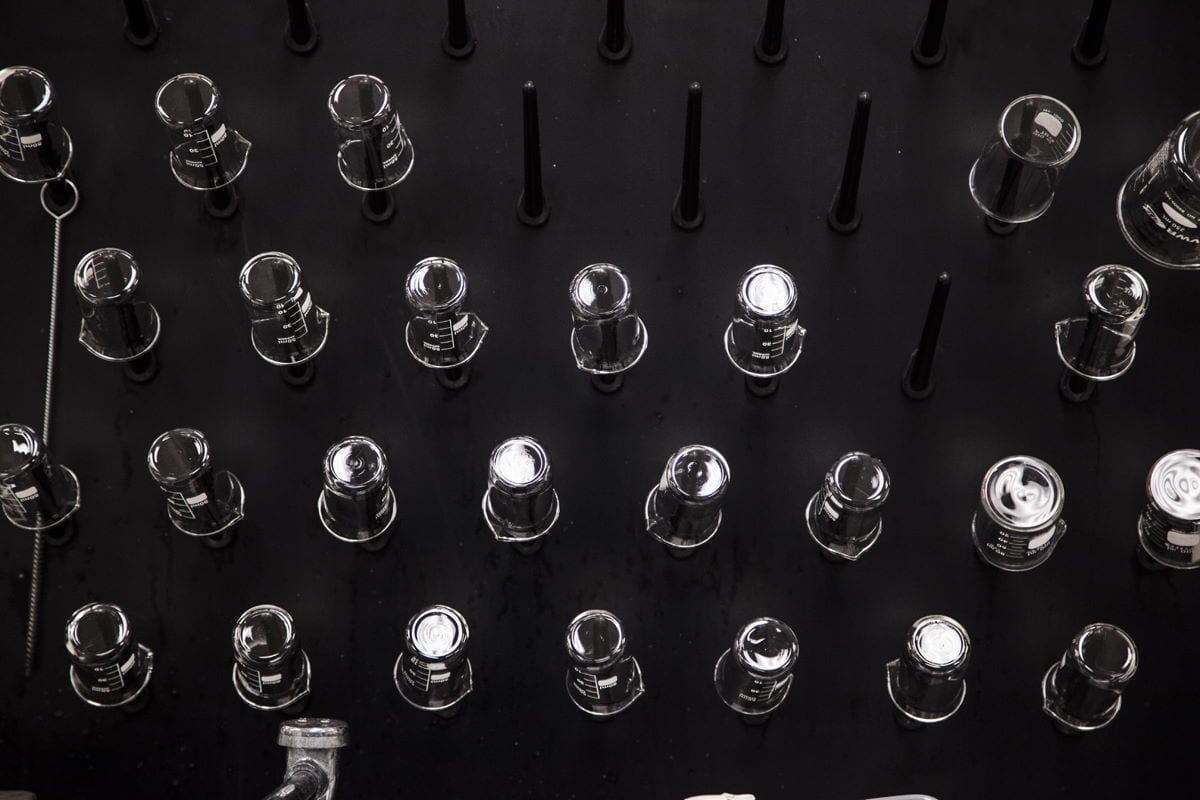
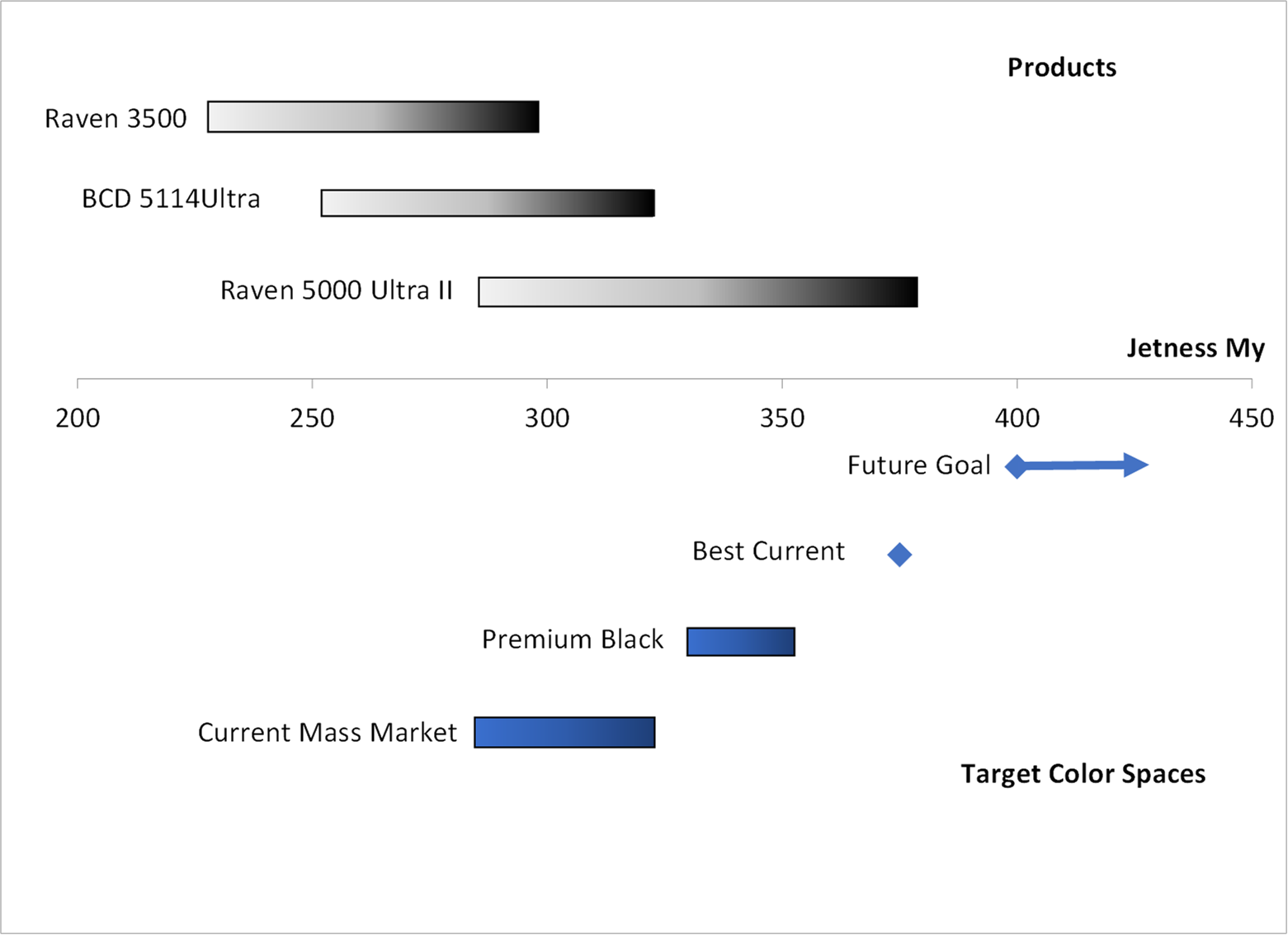

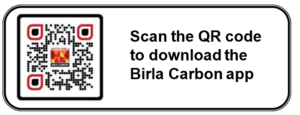


Leave A Comment